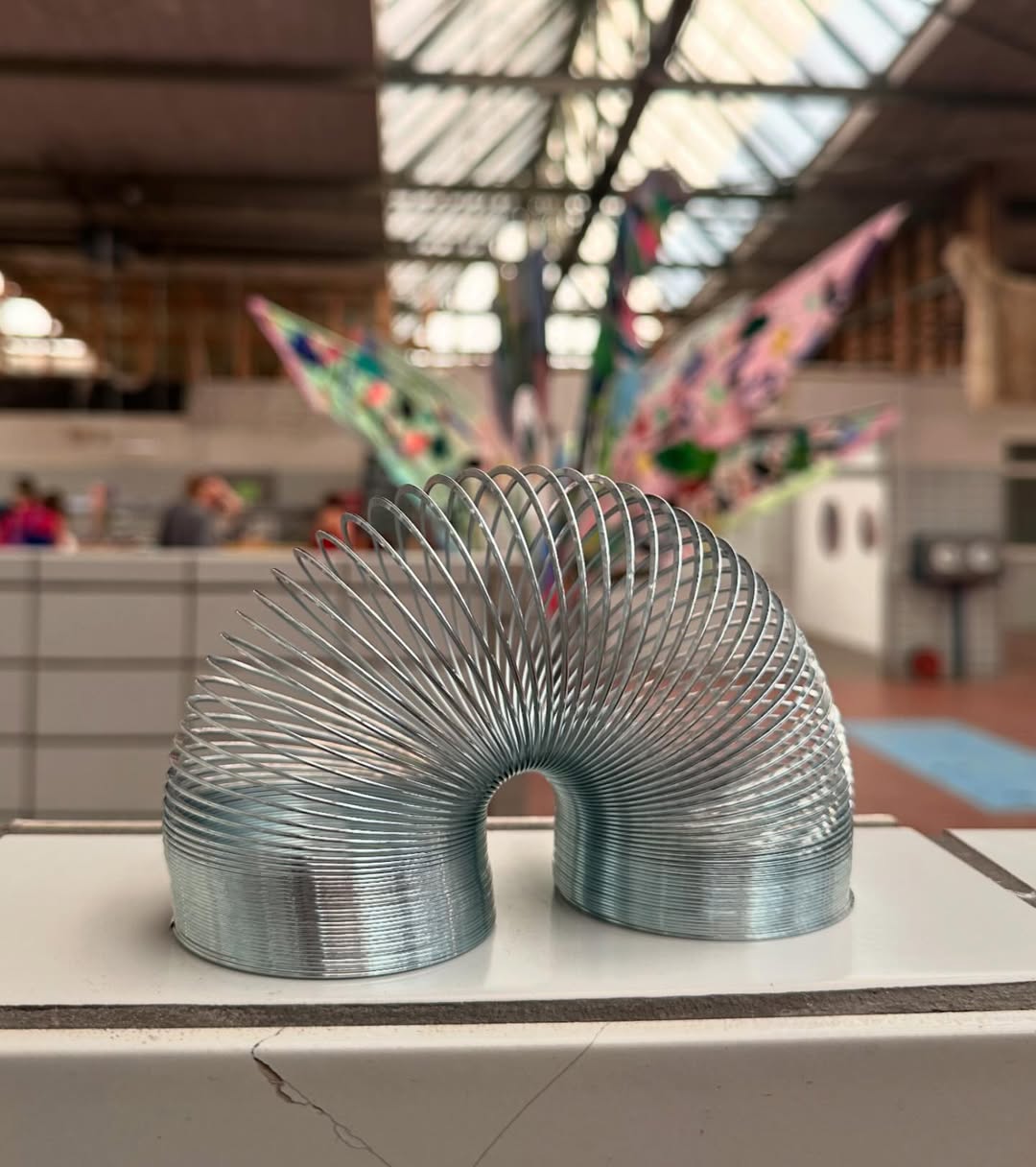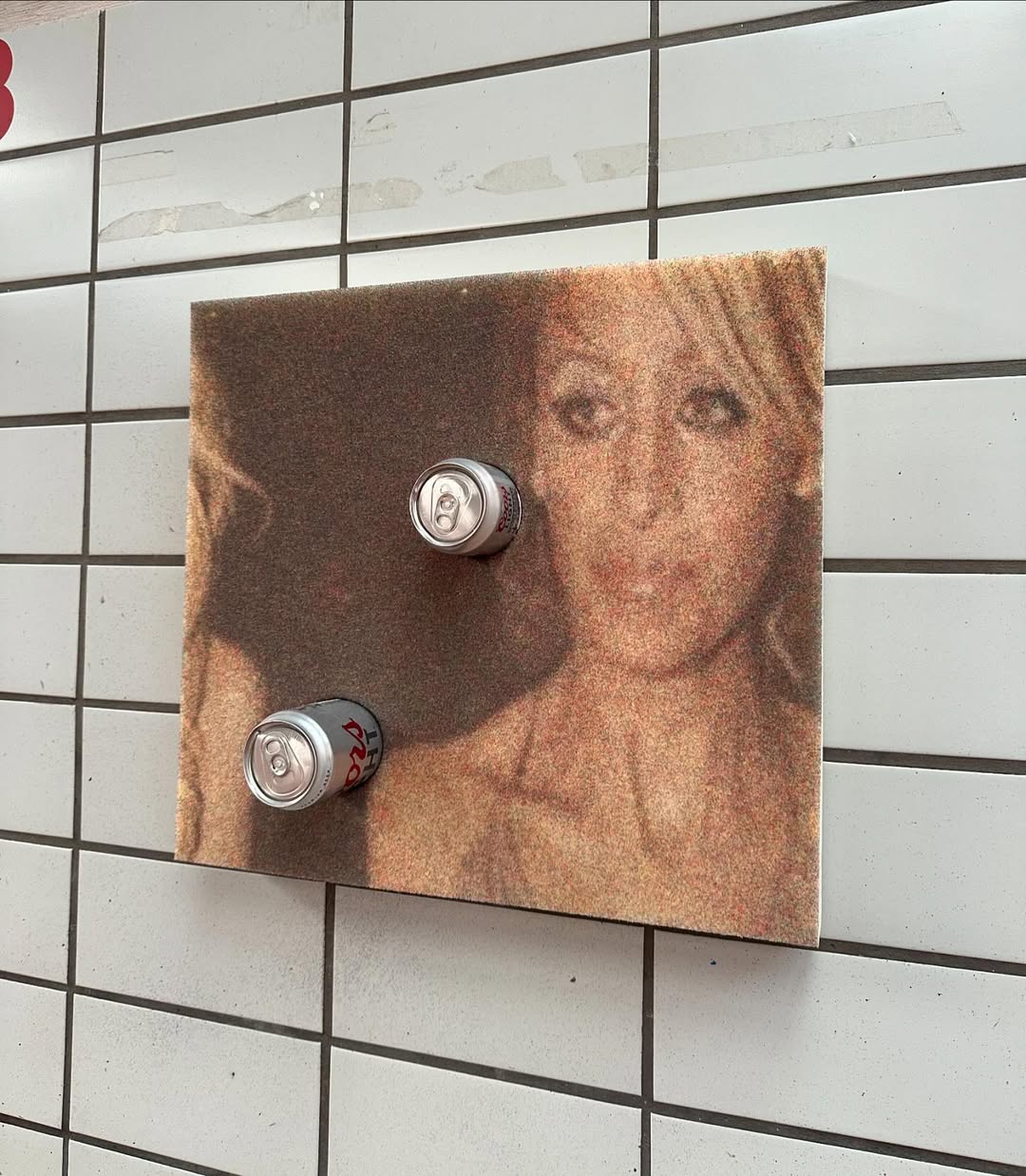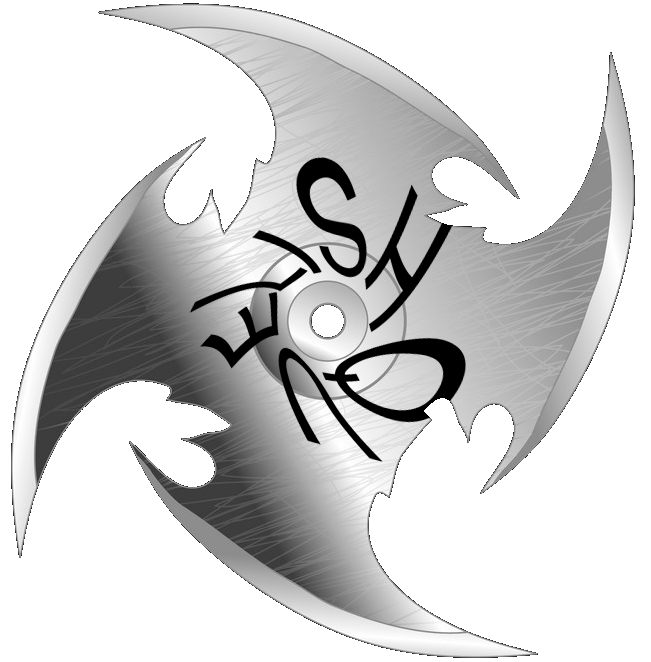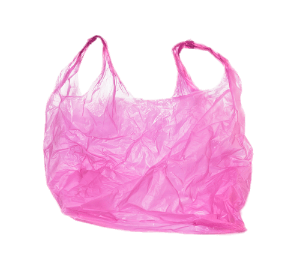Dragoner.OX
Berlin Kreuzberg Art FestivalDRAGONER0X is an annual series of Super Contemporary Arts Fests initiated by Babette Werner, Jan Herdlicka, Yasmin Alt & Luis Bortt
“Bad Boy Croko 777”
Assemblage sculpture, mixed media, 2024
Bad Boy Croko 777 is a sculptural assemblage that playfully distorts the familiar figure of a crocodile-shaped cookie jar, transforming it into a surreal oracle of consumerism, addiction, and absurd prophecy. Originally presented in the exhibition The Land of Cockaigne, this mutated figure wears a translucent silicone wizard cape and stands on four prosthetic legs, each clad in pastel children’s Crocs—adding a disarming layer of infantilized absurdity to its unsettling presence.
Instead of cookies, Croko’s gaping plastic mouth contains capsules resembling those used for narcotic substances. Inside each capsule are tightly rolled paper "fortunes," similar to those found in fortune cookies—but the messages are twisted. Some are dark, cynical, even mocking; others veer into contemporary, poetic fragments that flirt with sincerity before snapping back into irony.
Across its plastic forehead, the words “BAD BOY CROKO 777” are boldly inscribed in thick marker, branding the character with chaotic charm and low-key menace. Croko becomes a trickster figure—part pusher, part prophet, part children’s toy gone rogue. The work provokes laughter and discomfort in equal measure, inviting viewers to question where comfort ends and control begins.
Assemblage sculpture, mixed media, 2024
Bad Boy Croko 777 is a sculptural assemblage that playfully distorts the familiar figure of a crocodile-shaped cookie jar, transforming it into a surreal oracle of consumerism, addiction, and absurd prophecy. Originally presented in the exhibition The Land of Cockaigne, this mutated figure wears a translucent silicone wizard cape and stands on four prosthetic legs, each clad in pastel children’s Crocs—adding a disarming layer of infantilized absurdity to its unsettling presence.
Instead of cookies, Croko’s gaping plastic mouth contains capsules resembling those used for narcotic substances. Inside each capsule are tightly rolled paper "fortunes," similar to those found in fortune cookies—but the messages are twisted. Some are dark, cynical, even mocking; others veer into contemporary, poetic fragments that flirt with sincerity before snapping back into irony.
Across its plastic forehead, the words “BAD BOY CROKO 777” are boldly inscribed in thick marker, branding the character with chaotic charm and low-key menace. Croko becomes a trickster figure—part pusher, part prophet, part children’s toy gone rogue. The work provokes laughter and discomfort in equal measure, inviting viewers to question where comfort ends and control begins.












